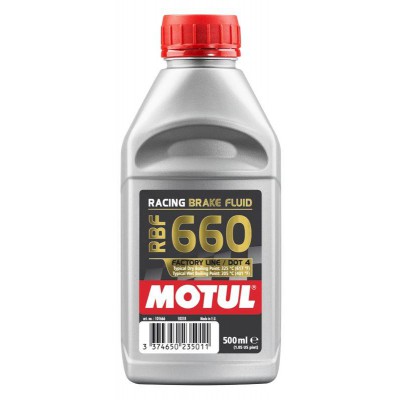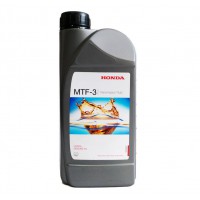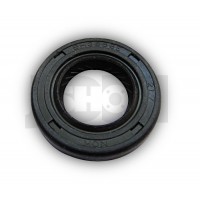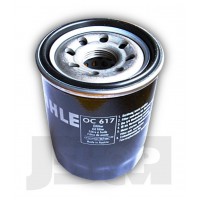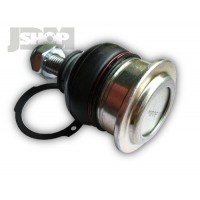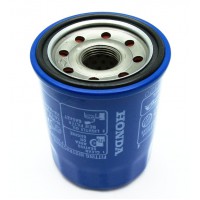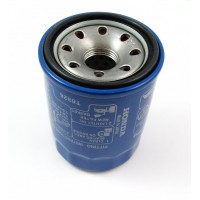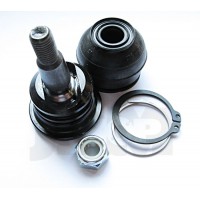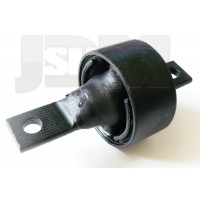Motul RBF 660 Factory Line – DOT 4 Synthetic Racing Brake Fluid for Track and Motorsport
- Availability: 24h
- Brand: Motul
- Product Code: RBF660 500ML
- Weight: 0.50kg
-
49.00zł
Motul RBF 660 Factory Line – DOT 4 Synthetic Racing Brake Fluid for Track and Motorsport
Motul RBF 660 Factory Line is a 100% synthetic DOT 4 brake fluid engineered for extreme motorsport conditions – long stints, high brake temperatures, carbon or ceramic rotors and aggressive cooling setups. Its exceptionally high dry boiling point of 325 °C / 617 °F and wet boiling point of 205 °C / 401 °F ensure consistent braking and pedal feel during intense and repeated braking phases.
Key Advantages
- Maximum thermal stability: 325 °C (dry) / 205 °C (wet) minimizes vapor-lock and brake fade during long stints and endurance racing.
- Stable performance in humid environments: maintains efficiency even after moisture absorption (~3 % H2O), representing one year of real-world use.
- Track-focused formulation: designed for systems exposed to extreme heat, including carbon and ceramic brakes; helps reduce the need for cooling air scoops, improving aerodynamics.
- Full system compatibility: suitable for hydraulic brake and clutch systems, including modern ABS / ESP setups.
Applications – Motorsport, Endurance and JDM Performance
Ideal for performance-oriented Japanese and racing cars such as Honda (Civic Type R, Integra, S2000), Subaru (Impreza WRX / STI, BRZ), Mitsubishi (Lancer Evolution), and Nissan (370Z, GT-R clutch hydraulics). Perfect for time-attack, endurance and sprint racing, and for high-performance street/track builds requiring stable braking under repeated high loads.
Technical Specifications (Motul Official Data)
- Standard / Specification: FMVSS 116 DOT 4; SAE J1703 / J1704
- Dry boiling point: 325 °C / 617 °F
- Wet boiling point: 205 °C / 401 °F
- Kinematic viscosity @ 100 °C: 2.6 mm²/s
- Kinematic viscosity @ −40 °C: 1 698 mm²/s
- Type: 100 % synthetic polyglycol, non-silicone – amber color
RBF 660 exceeds DOT 3 and DOT 5.1 standards in boiling performance; only viscosity at −40 °C falls outside DOT 5.1 spec.
Comparison: Motul RBF 660 vs RBF 600
| Parameter | RBF 660 | RBF 600 | Real-world takeaway |
|---|---|---|---|
| Dry boiling point | 325 °C | 312 °C | 660 offers extra headroom for long stints and carbon / ceramic brakes. |
| Wet boiling point | 205 °C | 205 °C | Identical – both maintain excellent wet resistance. |
| Viscosity @ 100 °C | 2.6 mm²/s | 2.5 mm²/s | Almost identical; both stable at high temps. |
| Viscosity @ −40 °C | 1 698 mm²/s | 1 750 mm²/s | 660 flows slightly easier in cold weather. |
| Typical use | Racing / endurance / long stints / carbon brakes | Track day / fast road / sport driving | RBF 600 fits most street & track cars; RBF 660 is for pure race setups. |
Usage & Compatibility
- Change interval: follow vehicle-manufacturer guidance; under track conditions replace every 6–12 months (or sooner under heavy use).
- Mixing: do not mix with DOT 5 (silicone) or LHM (mineral) fluids. Mix only with high-grade DOT 4 synthetic fluids if needed – for best performance, flush the system completely.
- Storage: keep sealed in original container; fluid is hygroscopic and absorbs moisture from air.
FAQ – Common Questions about Motul RBF 660
What is the difference between Motul RBF 660 and RBF 600?
RBF 660 has a higher dry boiling point (325 °C vs 312 °C) and is optimized for longer stints and carbon / ceramic brakes. Both share the same wet boiling point of 205 °C.
Is RBF 660 suitable for street use?
Yes – it’s a DOT 4 fluid fully compatible with ABS / ESP systems. However, its full potential is achieved under track and competition conditions.
How often should RBF 660 be changed?
Replace every 6–12 months for track or performance use. DOT 3 / 4 / 5.1 fluids are hygroscopic – moisture lowers the wet boiling point over time.
Can RBF 660 be mixed with other fluids?
Avoid mixing with lower-performance products. Do not mix with DOT 5 (silicone) or LHM (mineral). Best results come from a complete flush and refill.
Is RBF 660 compatible with ABS and ESP systems?
Yes – its stable viscosity and compressibility make it ideal for modern braking systems that require precise pressure control under heat.
Bestsellers
89.00zł
Manual Transmission Fluid Honda OEM 08267-99902HE 1L
Honda MTF-3 oilOriginal MTF-3 gear oil for manual and i-SHIFT semi-automatic gearboxes in Hond..
30.00zł
NOK BH3888E Honda distributor oil seal
Distributor oil seal NOK BH3888E.Size 12,5x22,5x5 mm..
24.00zł
Oil filter Knecht OC617 Honda
OC617 is successor filter OC115. Is used in most gasoline engines Hondas..
69.00zł
Ball joint upper Honda Prelude 33,4 mm
Upper Control Arm Ball Joint Honda Prelude 4/5 – 33.4 mm (prel33-5) Press-in upper control arm ..
55.00zł
Oil filter Honda OEM 15400-PLM-A01
Oil filter Honda OEM 15400-PLM-A01. High quality oil filter with excellent properties of fil..
49.00zł
Oil filter Honda OEM 15400-RTA-003
Oil filter Honda OEM 15400-RTA-003. High quality oil filter with excellent proper..
49.00zł
Uperr ball joint CTR CBHO-28 Honda Civic CRX Accord Prelude
Uperr ball joint. Producer - CTR. Diameter 35,5 mm Application: Honda Civic 4 gen 1997-1991 ..
94.10zł
Genuine Honda Rear Trailing Arm Bushing 52385-SR3-003
Genuine Honda Rear Trailing Arm Bushing 52385-SR3-003 – “Candy” OEM Bushing Genuine Honda Rear Tr..



